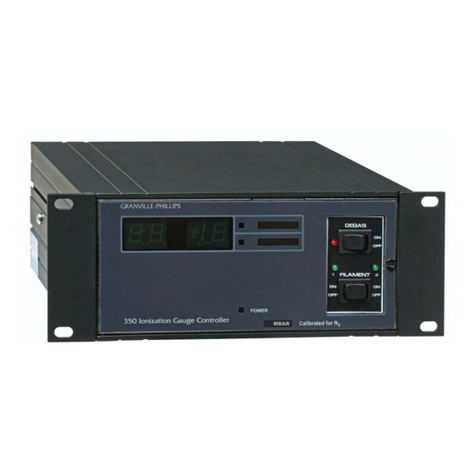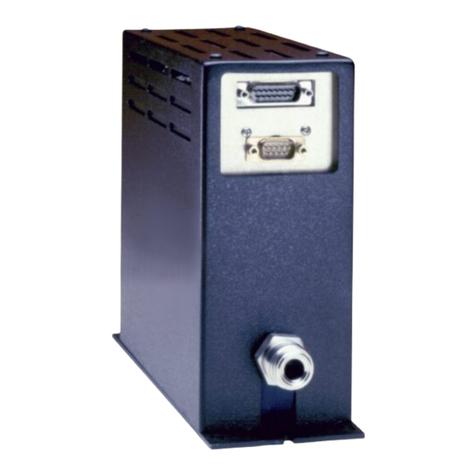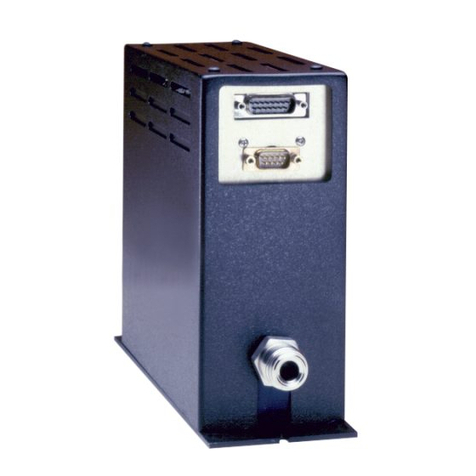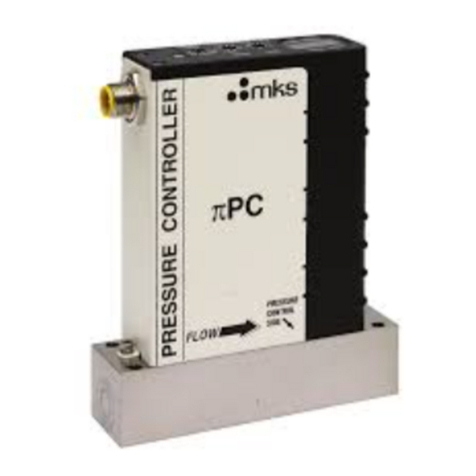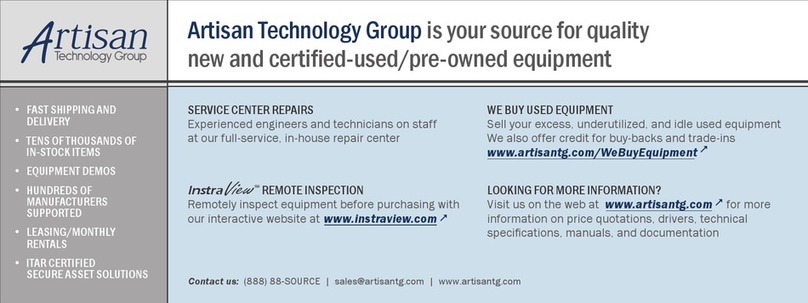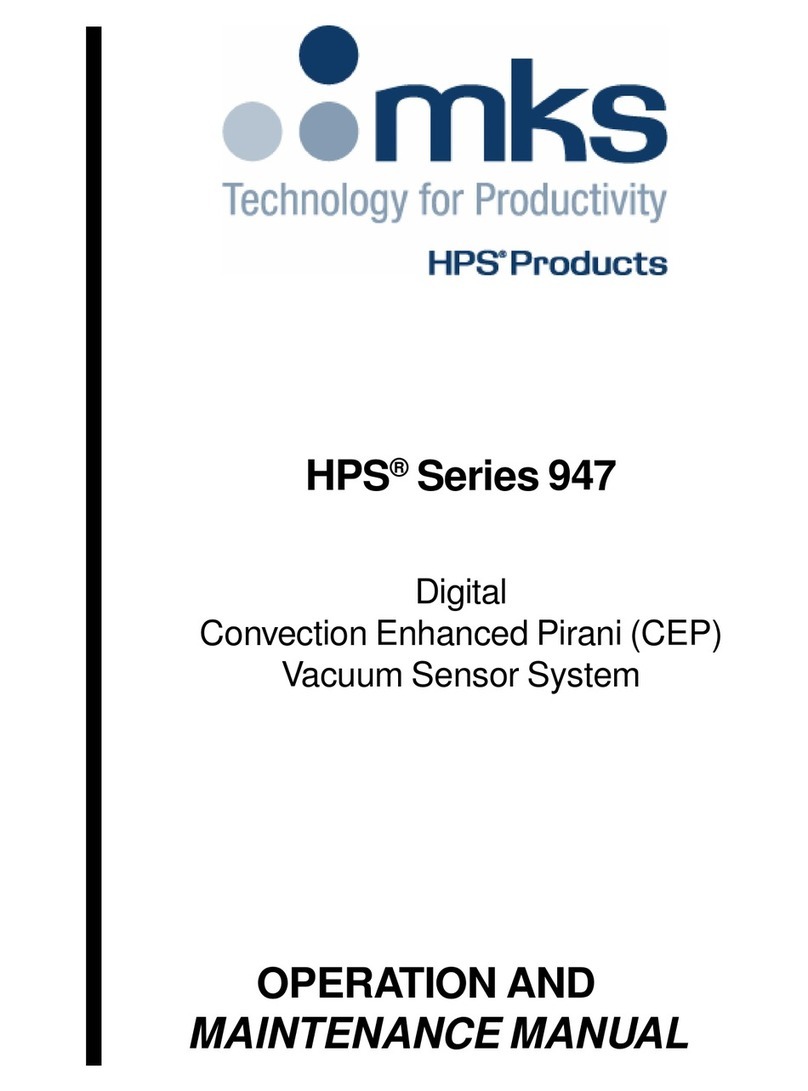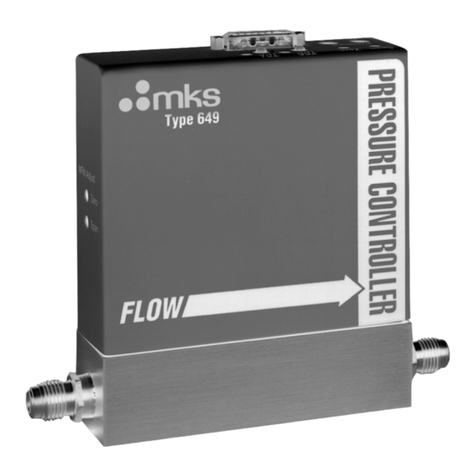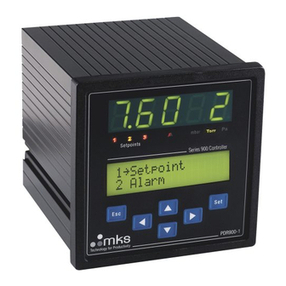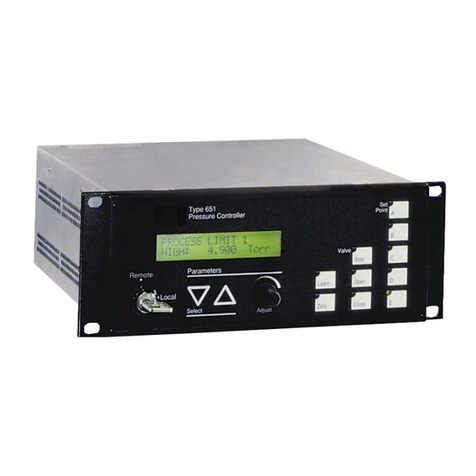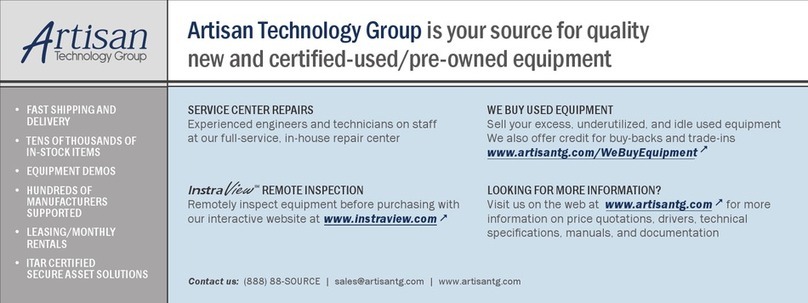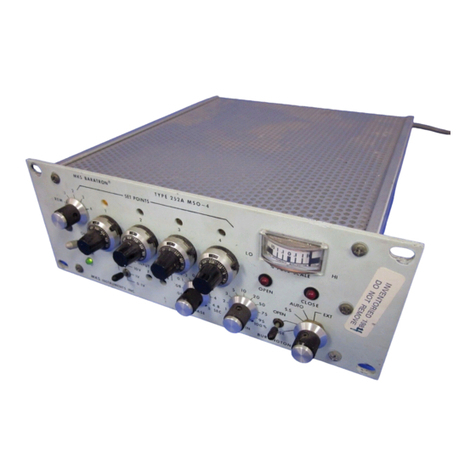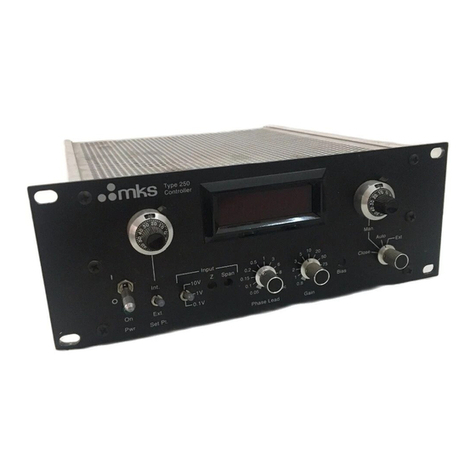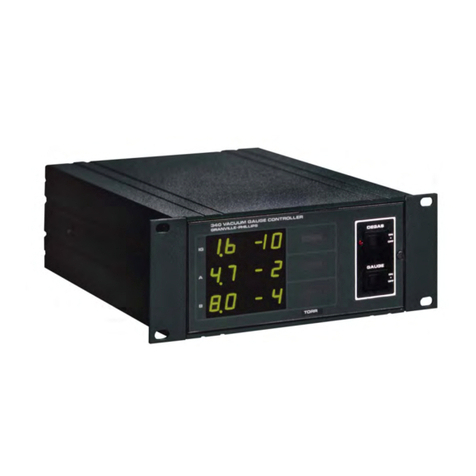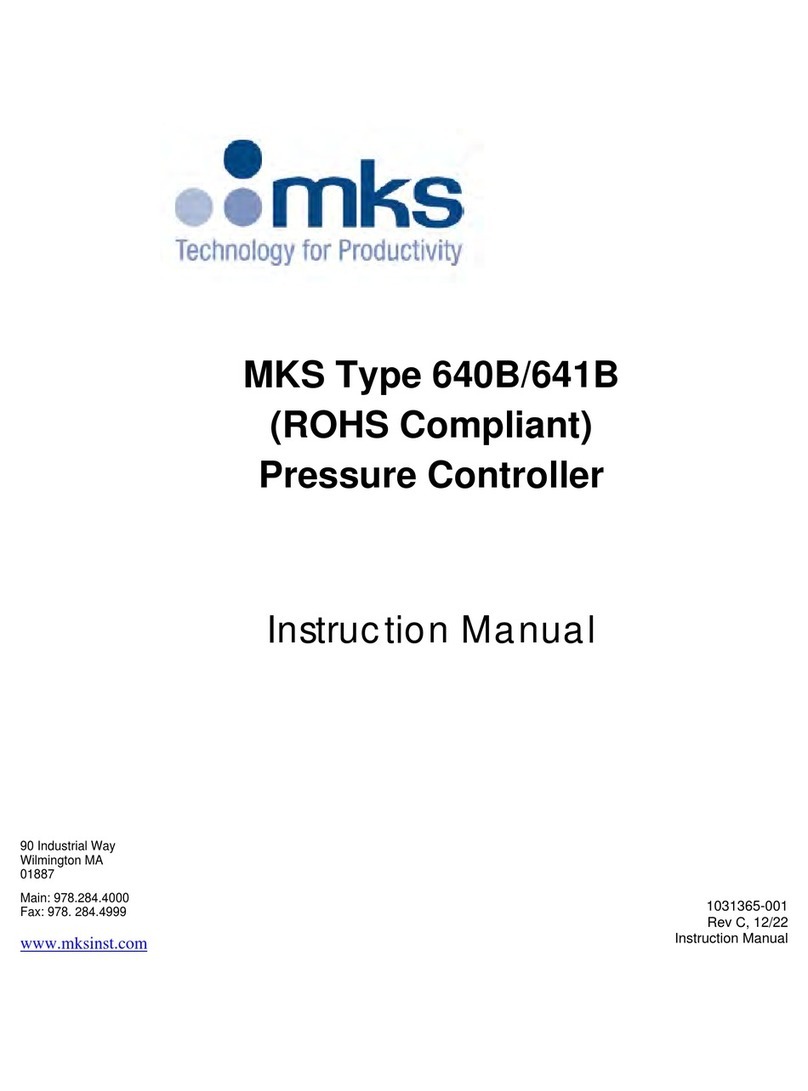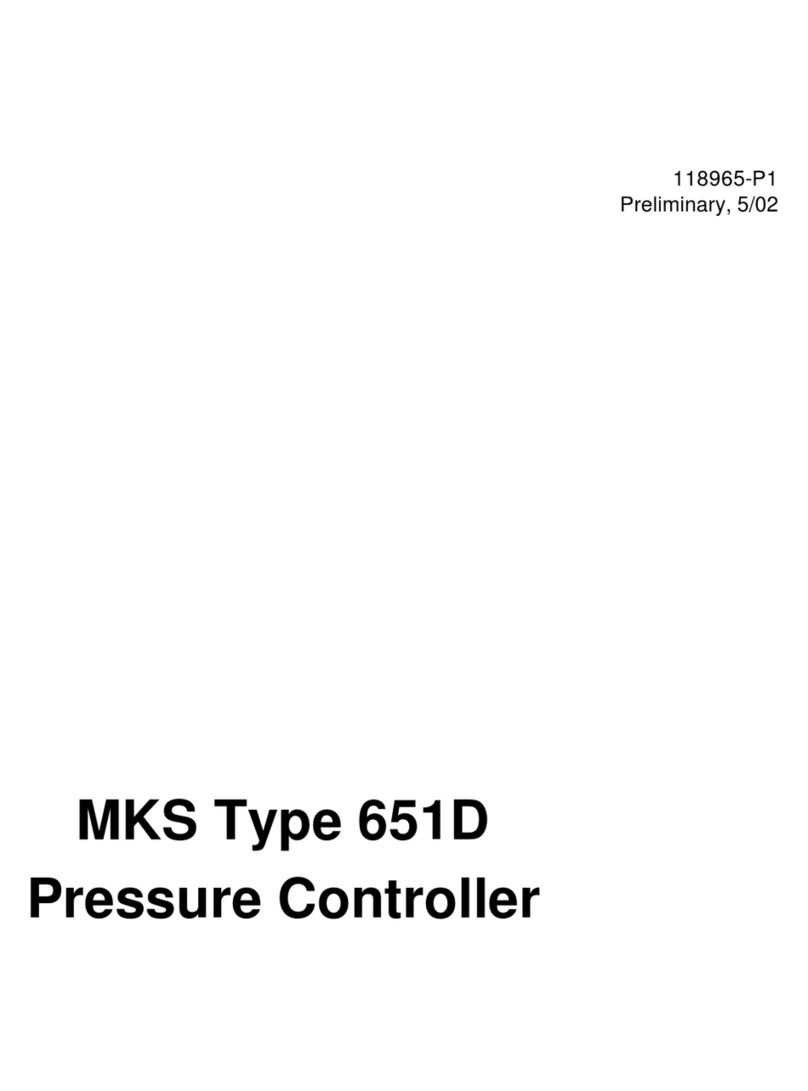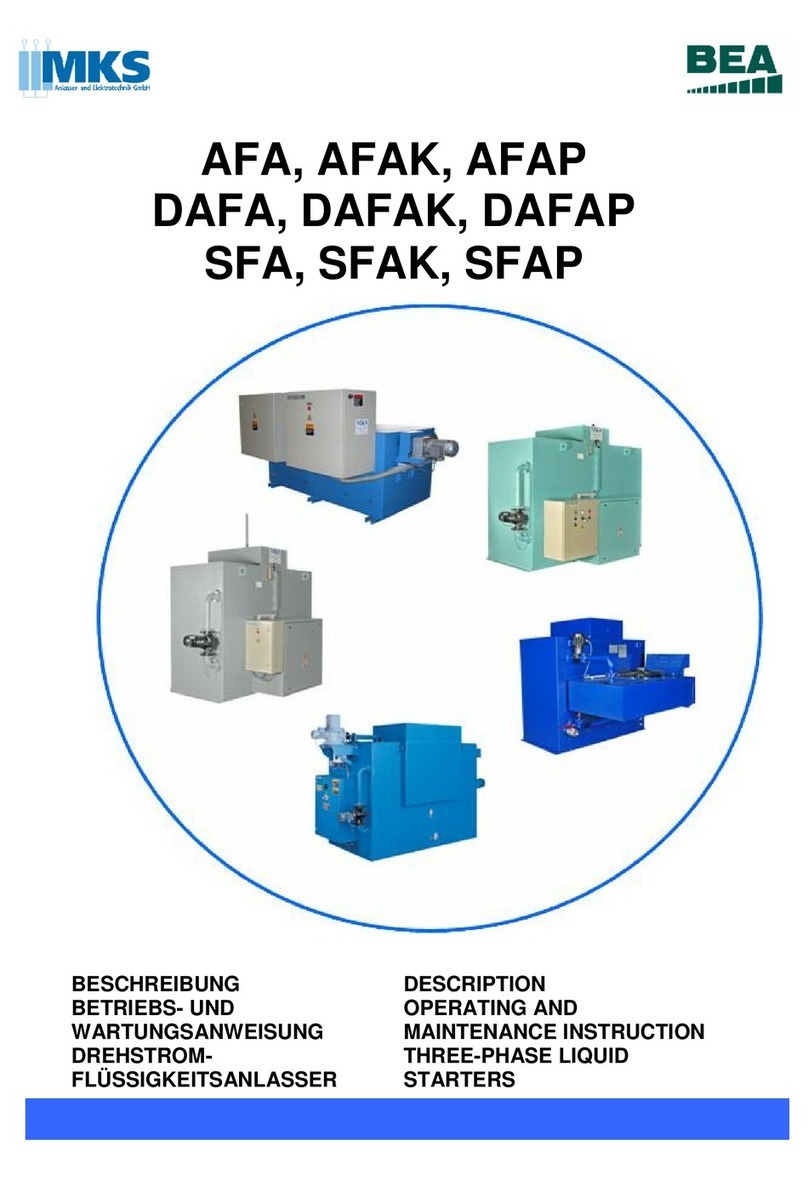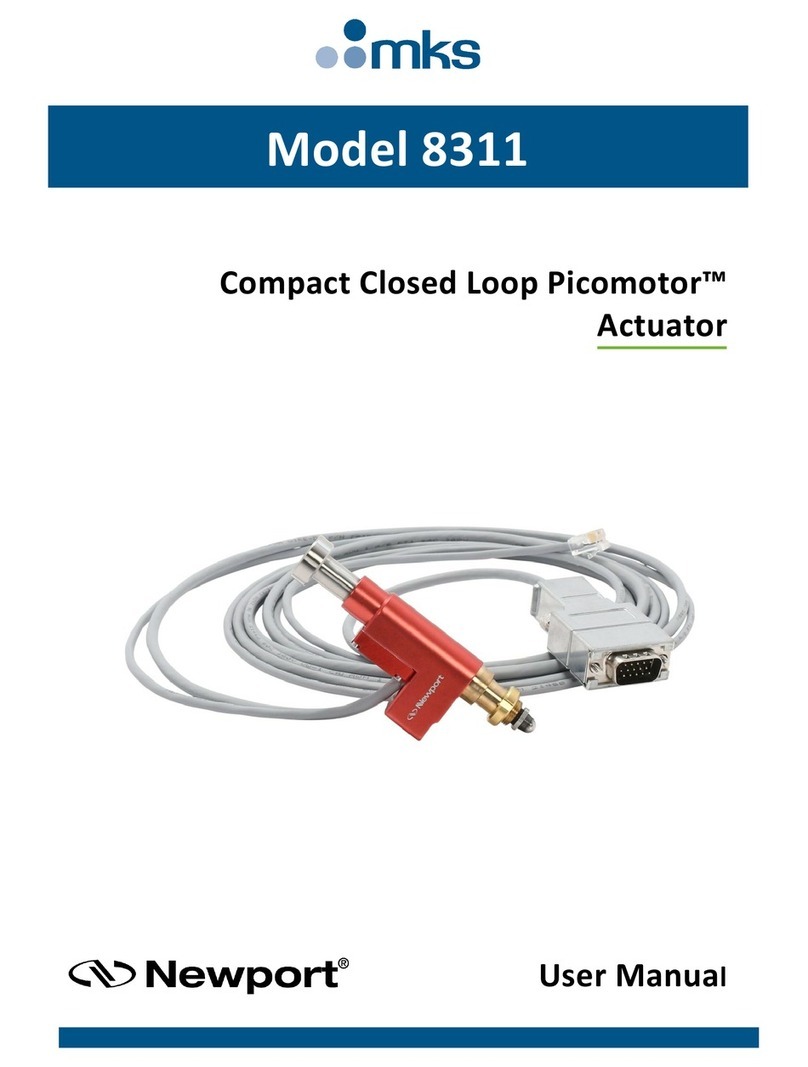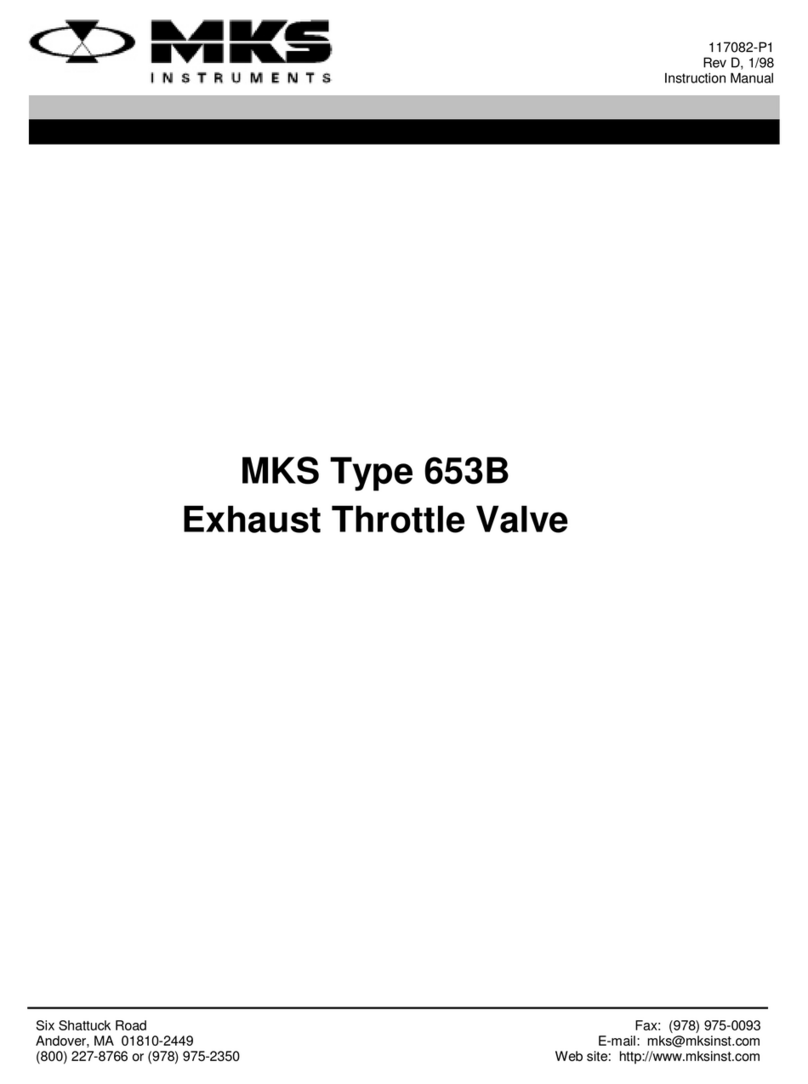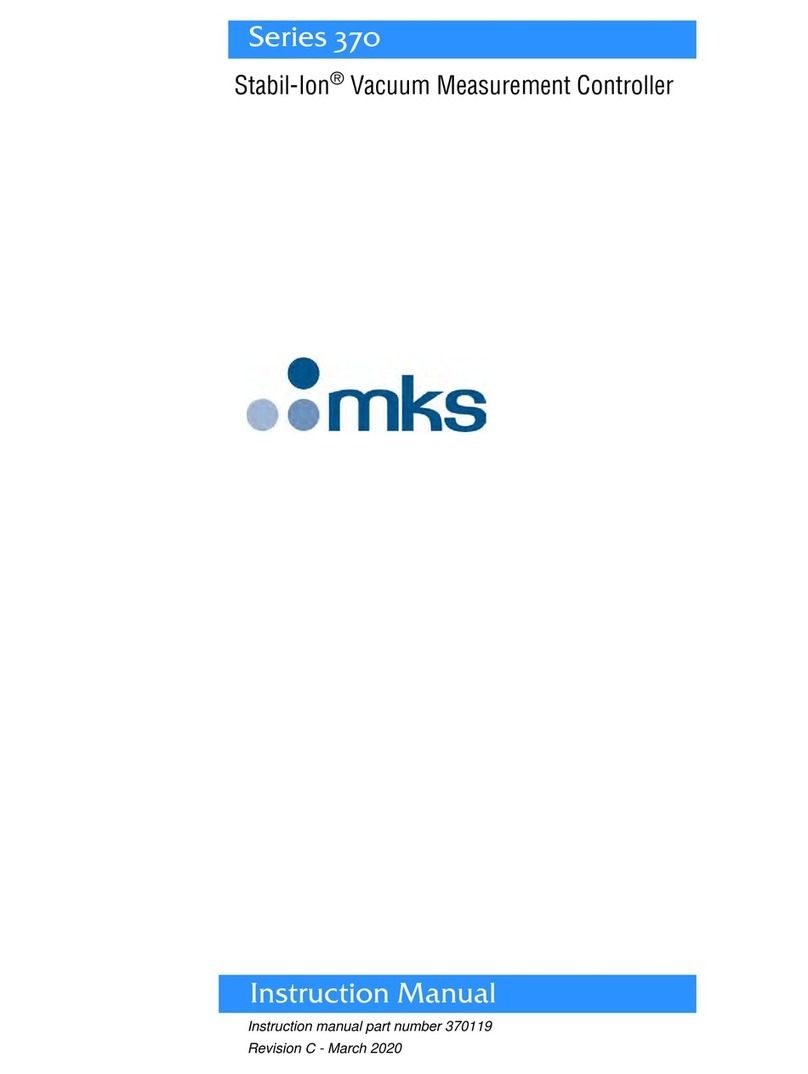
v
List of Figures
Figure 1: Front View of the P250A MFC.........................................................................................................24
Figure 2: Bottom View of the P250A MFC......................................................................................................24
Figure 3: End View of the P250A MFC ...........................................................................................................25
Figure 4: Top View of the P250A MFC (DeviceNet Interface) .......................................................................25
Figure 5: Front View of the IM250A MFC ......................................................................................................26
Figure 6: Bottom View of the IM250A MFC...................................................................................................26
Figure 7: End View of the IM250A MFC.........................................................................................................27
Figure 8: Top View of the IM250A MFC (Analog Interface)..........................................................................27
Figure 9: Serial Number Label..........................................................................................................................28
Figure 10: DeviceNet Connector Pin Diagram.................................................................................................36
Figure 11: Devicenet Baud Rate Switch...........................................................................................................38
Figure 12: Devicenet MAC ID Switches..........................................................................................................38
Figure 13: RS485 Baud Rate Switch ................................................................................................................41
Figure 14: RS485 MACID Switches ................................................................................................................41
Figure 15: Profibus (female DSUB) Connector Pin Diagram ..........................................................................42
Figure 16: Profibus (male DSUB) Power Connector Pin Diagram. .................................................................43
Figure 17: Effects of the Proportional Term (Low Proportional Term) ...........................................................45
Figure 18: Effects of the Proportional Term (High Proportional Term)...........................................................46
Figure 19: Effects of the Integral Term (Low Integral Term) ..........................................................................46
Figure 20: Effects of the Integral Term (High Integral Term)..........................................................................46
Figure 21: Java Download Window..................................................................................................................63
Figure 22: Java License Agreement..................................................................................................................63
Figure 23: Java Installation Window ................................................................................................................63
Figure 24: Windows XP Shell Command Prompt............................................................................................64
Figure 25: Windows XP Shell Command Window..........................................................................................64
Figure 26: Windows XP Shell Command Window (HostIP) ...........................................................................65
Figure 27: P250A Embedded Interface (Monitor Mode / Device Page)...........................................................66
Figure 28: P250A Embedded Interface (Monitor Mode / Plot Page) ...............................................................68
Figure 29: P250A Embedded Interface (Monitor Mode / Diagnostics Page)...................................................69
Figure 30: P250A Embedded Interface (Monitor Mode / Configuration Page) ...............................................70
Figure 31: P250A Embedded Interface (Setup Mode / Configuration Page) ...................................................71
Figure 32: P250A Embedded Interface (Setup Mode / Device Page)...............................................................72
Figure 33: P250A Embedded Interface (Setup Mode / Device Page) Creating A New Gas Instance..............73
Figure 34: P250A Embedded Interface (Setup Mode / Device Page) Changing Full Scale Flow Range.........73
Figure 35: P250A Embedded Interface (Setup Mode / Plot Page) ...................................................................74
Figure 36: P250A Embedded Interface (Setup Mode / Configuration Page) ...................................................75
Figure 37: P250A Embedded Interface (Setup Mode / Optional PC Page)......................................................77
Figure 38: P250A Embedded Interface (Setup Mode / Plot Page) Enabled Optional Input.............................79






